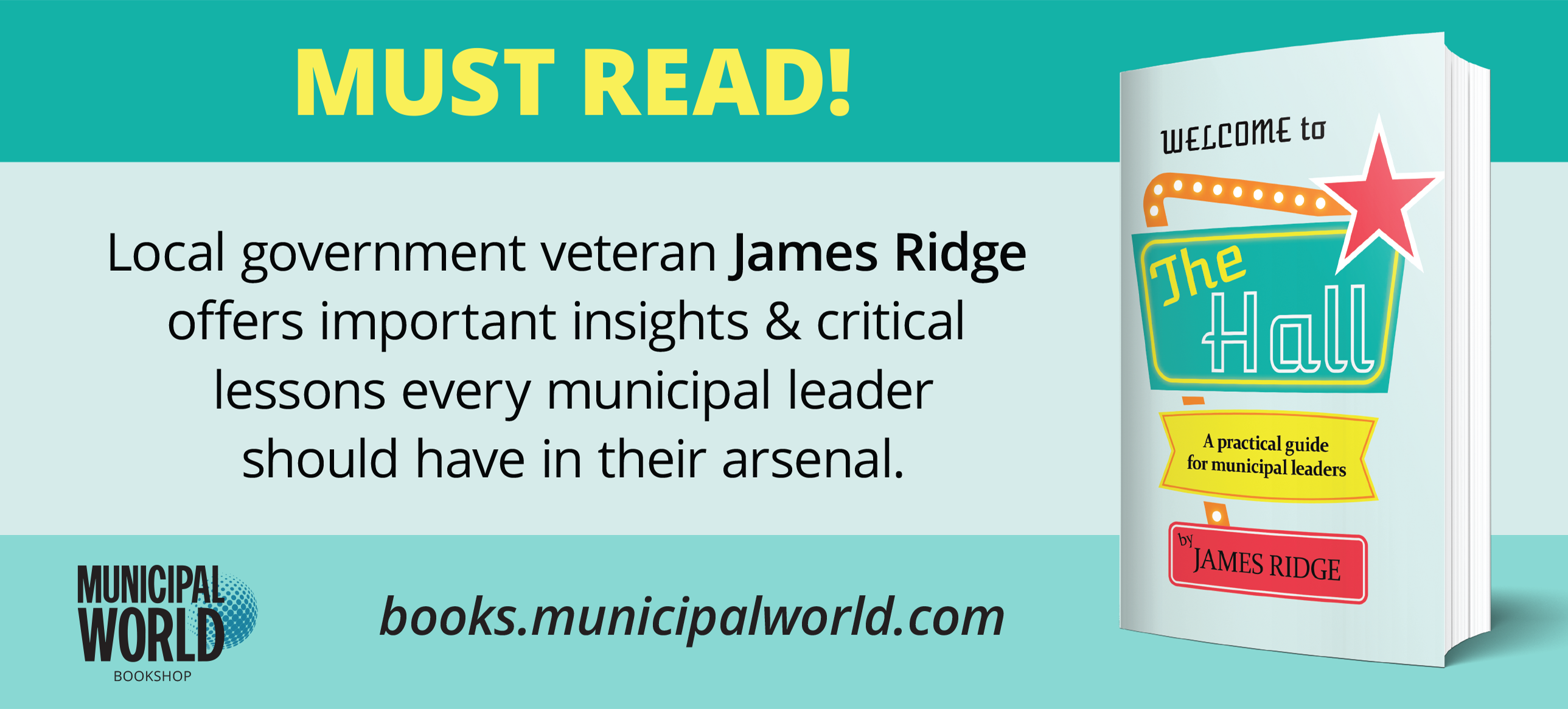Seven steps to civility in the workplace

Communication is not simple. If it were, there would not be thousands of books and articles written on the subject. Yet, communication is the key instrument to developing and maintaining a civilized workplace. It is made up of several crucial components:
Listening – This involves giving the other person your full attention and focus. If your listening ability is impaired due to physical or psychological pain, multi-tasking, or other distractions, so too will the communication be impaired.
Sending accurate messages – Saying “yes” when you mean “no” is confusing for everyone. Saying what you mean to say is not always easy.
Receiving the message sent as it was intended – Often, we read into others’ comments and thereby add our own interpretation. This can distort the meaning of the sender’s original message. It also means we are reacting to the wrong message.
One of the most challenging tasks for human beings is to communicate our needs in an efficient, sensitive, and non-provocative manner. The choice of words we use, the tone, and way words are expressed can attract a listener and result in a positive response. On the other hand, we may inadvertently push their buttons, resulting in a negative reaction that, in turn, may push our buttons.1 The result can draw both parties into a verbal and emotional tug of war.
Conflict has a dual nature:
- left unaddressed, it can be a distraction resulting in reduced trust, morale, and work productivity; and, conversely,
- it has the potential to be the “fuel for growth”2 as it indicates where the problem-areas lie.
Think Before Reacting
The following “seven steps” provide a guideline that can be used to deal with workplace tensions and take advantage of its “fuel.” These steps are deliberate, purposeful, and require thinking carefully before reacting.
1. Treat the other person with respect and civility
Finding out the other person’s interests while suspending your own conveys a genuine interest and respect. It also increases the chance that the person will be able to “hear” your concerns. Checking your blackberry or watch or sending, reading, or monitoring email at the same time you are “listening” sends the underlying message that you have better things to do.
2. Give the benefit of the doubt to get all the facts
Someone who comes in late for work, leaves early, or meets with the boss behind closed doors can be a target for feeding people’s assumptions and thereby fueling resentments. Assigning motives to someone else’s behaviour can be highly inaccurate and damaging. For example, between 1979 and 2007, 201 prisoners in the U.S. were freed due to new DNA results proving their innocence. In 77 percent of those cases, an eyewitness had mistakenly identified each one as guilty.3 How sure are you as to your judgments?
3 . Apologize and own your errors
If you have harmed someone publicly, either directly or indirectly, say, by gossiping, this is equivalent to hanging a sign around that person’s neck declaring him or her to be incompetent. To remove this negative label, it will be necessary to not only apologize to the victim, but to correct the untruth with everyone who may have heard the rumour. This may involve the whole team, department, or organization.
4. Let it go
To achieve inner peace and stability, the offended person needs acknowledgment of the trauma or injury that he or she experienced. Ideally, a meaningful apology will accomplish this. The reason people have trouble letting go of emotional wounds has to do with not being validated or heard accurately in the first place.
In the case of severe harassment or workplace abuse, victim-employees are sometimes transferred to another setting as a way to remove and keep them safe from their abuser. Often, this action does the opposite of reconciliation: it freezes the event in the mind of the victim and the perpetrator, rather than resolve the damage.
5. Problem solve
Problem solving and exploring options are a way to have employees participate and express their views and ideas. A meaningful contribution leads to a meaningful commitment to the outcome. In one workplace, new employees were poorly trained and unaware of the company’s objectives. They were left to fend for themselves and, as a result, felt disengaged from the organization.
A problem-solving exercise with all staff members resulted in the development of a “welcoming committee.” This group took responsibility to greet and orient new staff, give them a tour of the organization, and introduce them individually to all the employees. Each new staff member was assigned a seasoned employee as a working mentor/buddy for the first six months. Improved trust, morale, and engagement quickly followed. There was also a renewed interest in previously ignored social activities (i.e., the Christmas party and the summer picnic).
6. Get Closure
Getting closure involves integrating ideas and strategies with a plan. It involves assigning personal accountability with time lines. Closure moves from the meetings, committees, and discussion stage to actively putting ideas to work.
In one office, everyone seemed to get along on the surface, but their meetings were emotionally unsafe. Discussions were circular, unproductive, and avoided conflict. Staff were afraid that if they offered unpopular, imperfect, or contrarian views, they would lose their popularity and acceptance by others. Once these fears were voiced in a safe environment, the group was able to successfully establish objectives with deadlines and personal accountability. The decision-paralysis had been broken.
7. Follow up
This step is essential to the success of any program or intervention. It involves revisiting issues to ensure that the problem solving and previous closure steps taken remain effective. At the same time, any new potential issues can be identified early. One-time workshops or retreats given without follow up are ineffective.
A Civil Workplace
Those who have been on the Ontario Go Bus network have observed a working model of a civil workplace culture. Drivers are courteous and conscientious, they solve problems in a timely fashion, and they are unselfish and proactive in sharing information regarding potential trouble spots. When faced with traffic jams on the QEW, fellow drivers and a friendly dispatcher give them the most expedient path through the backstreets of Burlington, Oakville, and Mississauga. All perform their jobs with a sense of camaraderie, humour, and lack of complaint. It is their culture.
Every workplace contains a number of instances where individuals have the opportunity to own their errors, to apologize, to forgive, to be accountable or to hold grudges. The workplace that builds on respect and personal accountability will ensure a civil, positive, and safe place to work. A workplace that divides, conquers, and is dismissive of others will lead to personal ruin and organizational failure.
Using these seven steps as a guide to develop and maintain a civil workplace does not mean ignoring your emotions. After all, you have feelings! The challenge is to manage them in a way that they work to inform you, not work to control you. You can’t change another person’s behaviour, but you can change your own reactions and expectations.4 MW
1 Eric Berne, Games People Play: The Psychology of Human Relationships, Grove Press, 1964.
2 John Paul Lederach, The Little Book of Conflict Transformation, Good Books, 2003.
3 Harper’s Index, Harper’s Magazine, July 2007.
4 Ben Benjamin, Amy Yeager, and Anita Simon, Conversation Transformation: Recognize and Overcome the 6 Most Destructive Communication Patterns, McGraw Hill, 2012.
PHILIPPE BARRETTE PhD, is President of Reconcilable Differences Inc, a communication and conflict resolution company. He works with professional actors to teach organizations and businesses how to improve team effectiveness, staff engagement, and organizational success. Phil can be reached at: or on the web via .
as published in Municipal World, May 2013



